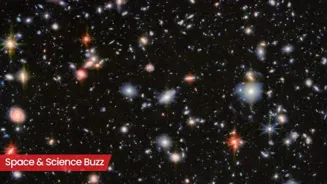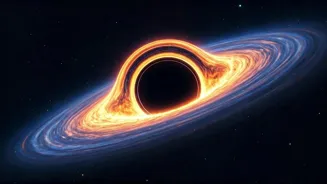Unveiling Galaxies: Dive into the diverse galaxy types & their unique traits. Explore the cosmos mysteries. Read on!
Space enthusiasts and budding astronomers, get ready to have your minds blown! Our vast
universe is populated with galaxies, each a swirling island of stars, gas, and dust. But did you know that these galaxies come in various shapes, sizes, and with unique characteristics?

Let's embark on a journey to explore the different types of galaxies that exist and what makes them so special. It's an amazing sight to see the cosmos work in mysterious ways.
Majestic spiral galaxies birth stars in rotating arms
First off, we have the majestic spiral galaxies, just like our very own Milky Way! They are characterized by a central bulge of old stars surrounded by a flattened disk with beautiful, winding spiral arms. These arms are regions where new stars are actively being born.

These arms are not static features; they rotate along with the galaxy! Think of them as cosmic highways where gas and dust converge, igniting stellar nurseries.
Elliptical galaxies: older stars, lack spiral arms, less active, larger than spirals
Next, we move onto the elliptical galaxies which tend to be oval or spherical in shape and are dominated by older stars. These galaxies lack the prominent spiral arms and active star formation seen in spiral galaxies.

They are comparatively less active and more sedate, as most of their gas and dust have already been used up in forming stars. These galaxies are usually much larger than spiral galaxies.
Irregular galaxies: chaotic shapes from gravitational interactions
Moving on, we have the irregular galaxies, which, as their name suggests, don't have a defined shape. They often appear chaotic and disorganized, these galaxies are often the result of gravitational interactions between larger galaxies.
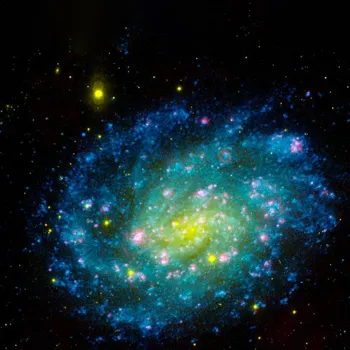
Their bizarre shapes can be a testament to the power of gravity and the dynamic nature of the universe. A prime example is the Large Magellanic Cloud, a satellite galaxy of the Milky Way.
Lenticular galaxies: transitional type between spirals and ellipticals
Then there are lenticular galaxies, which bridge the gap between spiral and elliptical galaxies. They have a central bulge and a disk, but lack the prominent spiral arms of spiral galaxies.
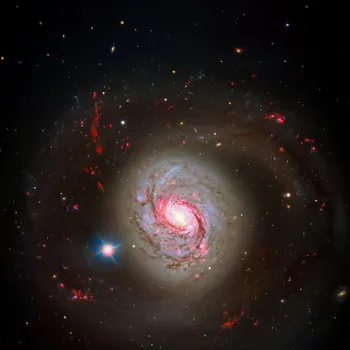
Think of them as spiral galaxies that have used up most of their gas and dust, leaving behind a more streamlined and less actively star-forming structure.
Active galaxies with supermassive black holes emit intense radiation, including quasars
Even more amazing are active galaxies or galaxies with supermassive black holes at their centers that are actively sucking in matter. This process releases tremendous amounts of energy in the form of radiation, making these galaxies incredibly bright.
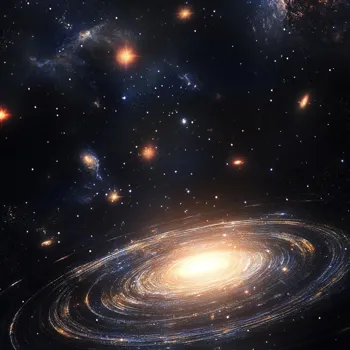
Quasars are the most luminous type of active galaxies. They can outshine entire galaxies despite their compact size, residing at the center of these cosmic powerhouses.
Dwarf galaxies offer insights into galaxy formation and evolution
Finally, let's touch upon dwarf galaxies, which are small and faint compared to their larger counterparts. Despite their size, dwarf galaxies are incredibly numerous. They often orbit larger galaxies, acting as satellites. These little systems may hold clues to galaxy formation.
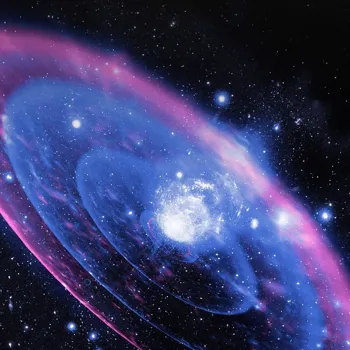
Studying dwarf galaxies can give us valuable information about how larger galaxies have formed and evolved.
AI Generated Content. Glance/InMobi shall have no liability for the content




